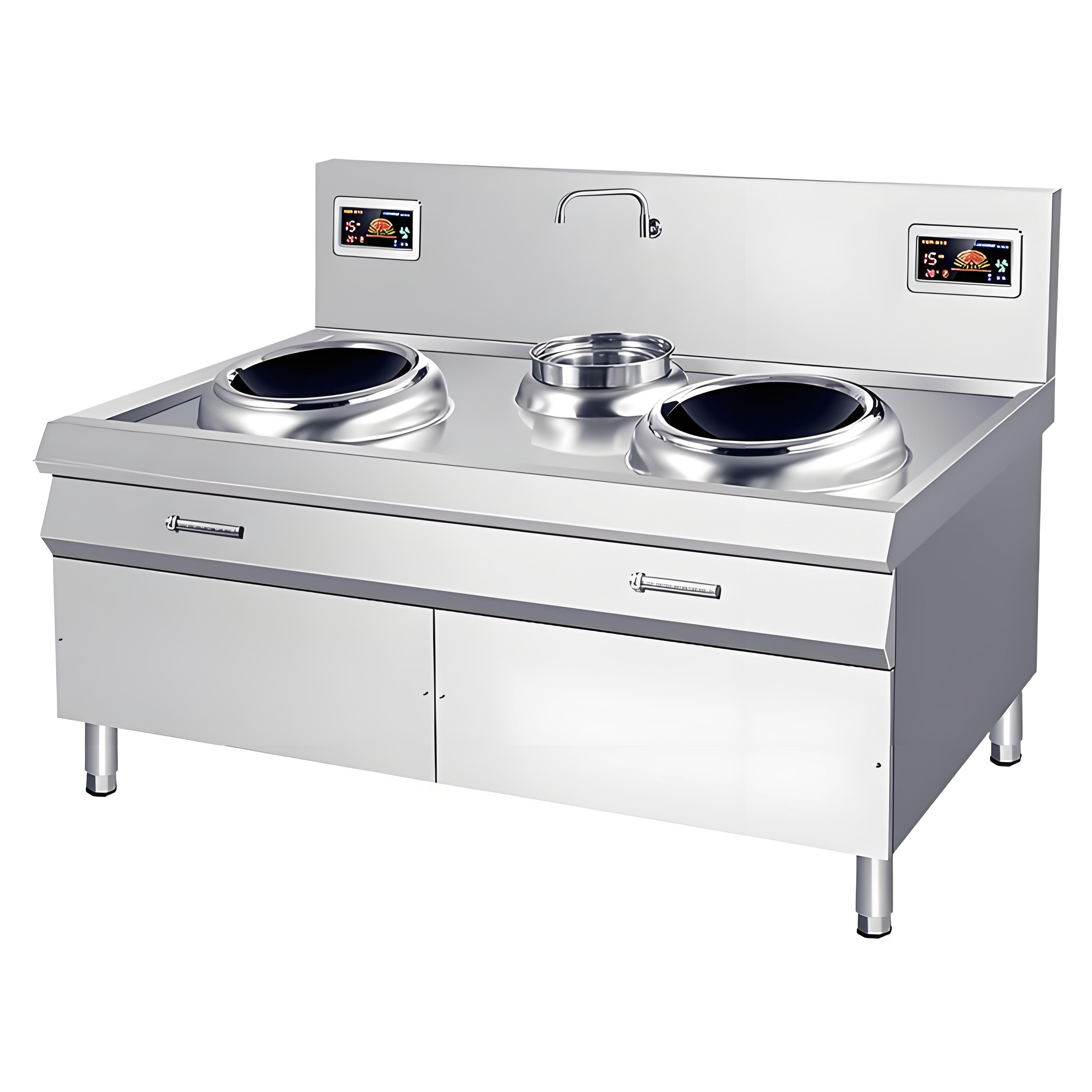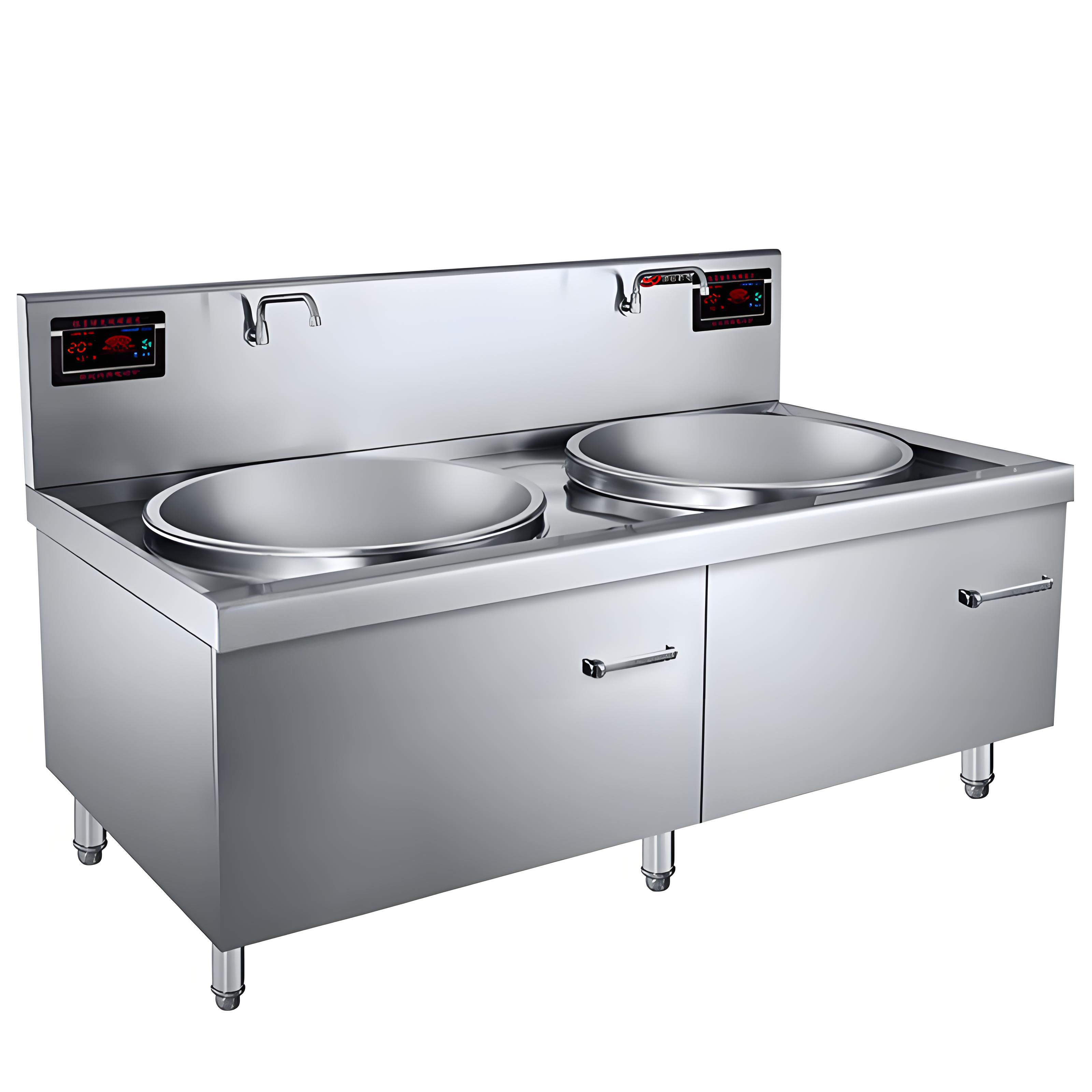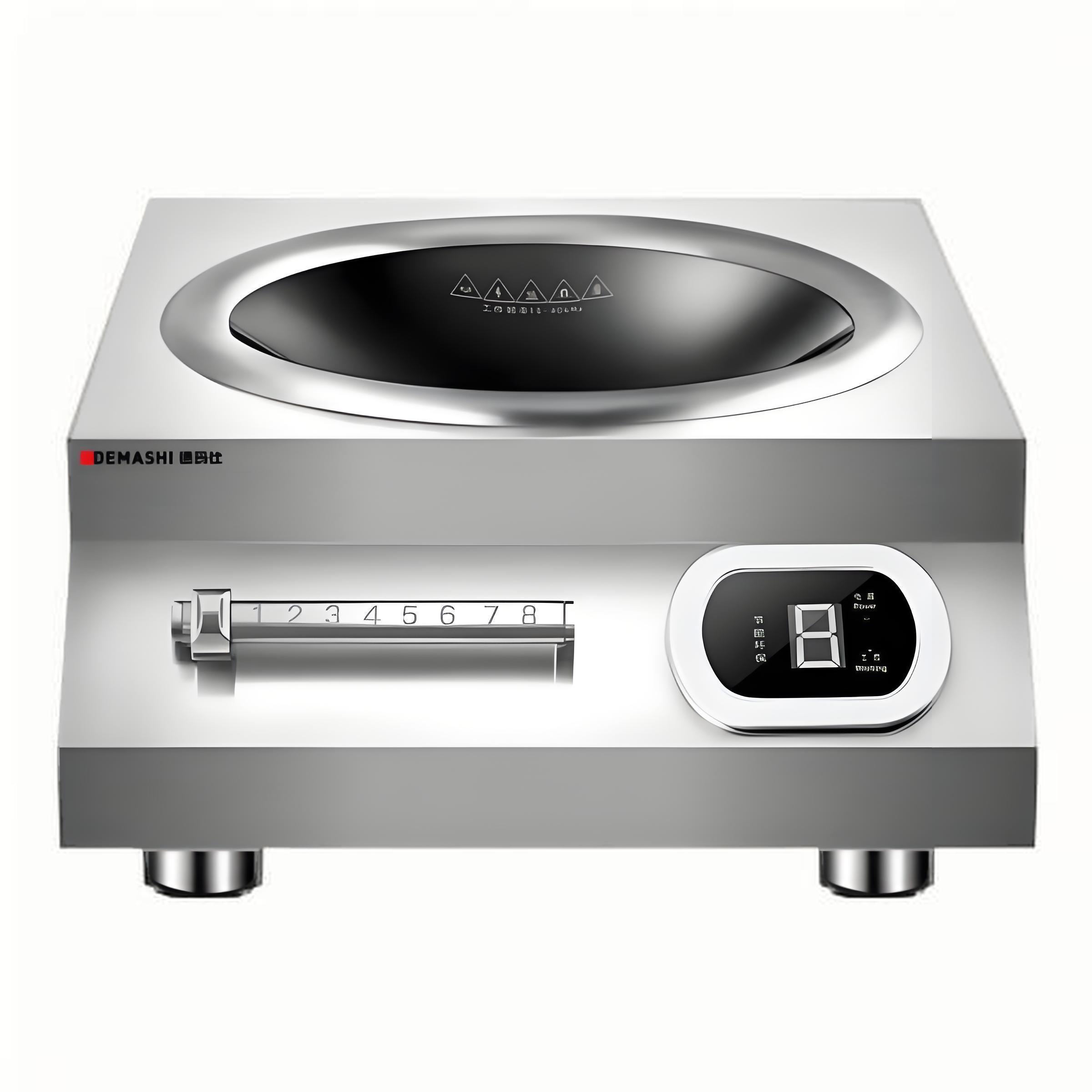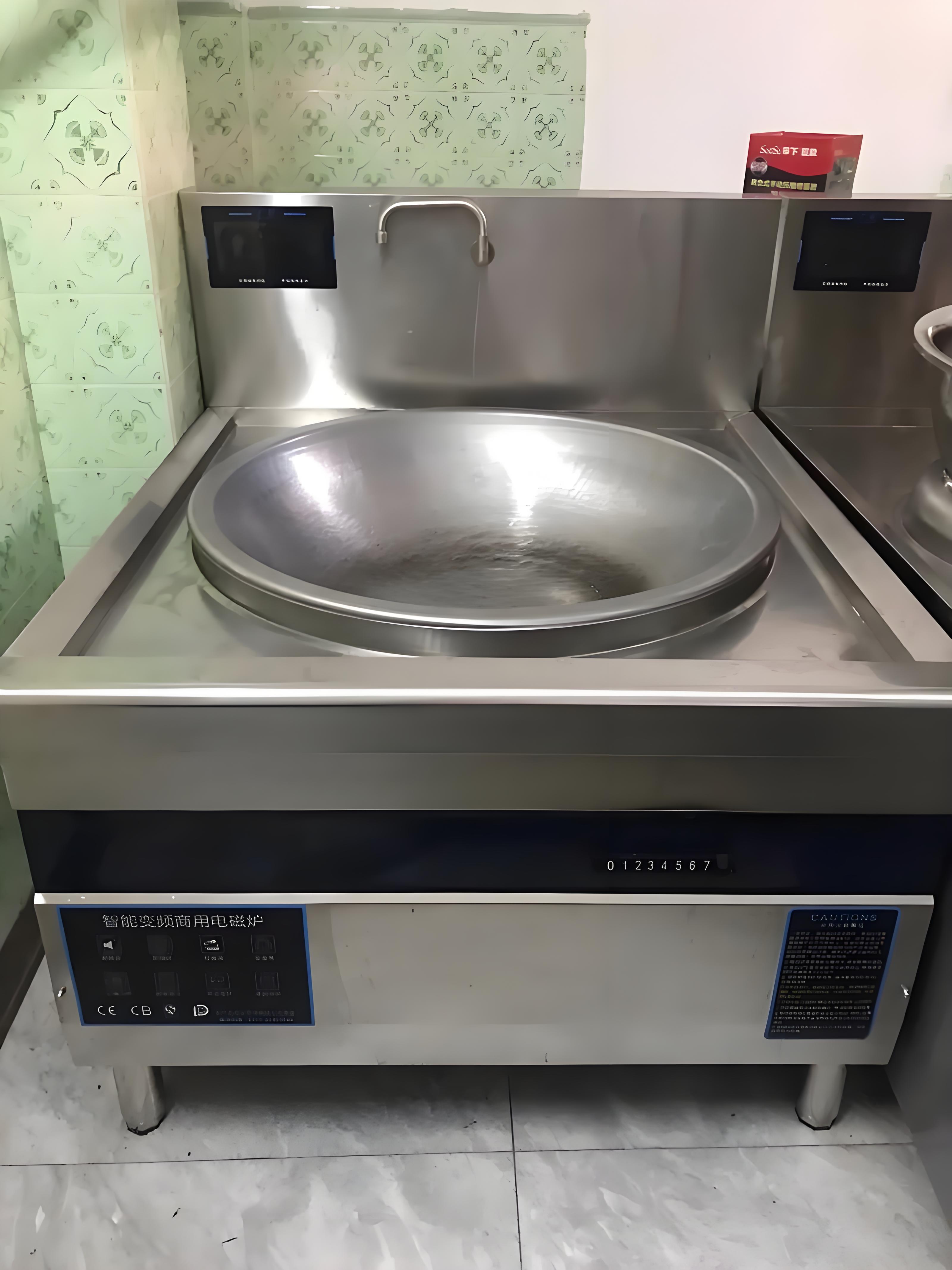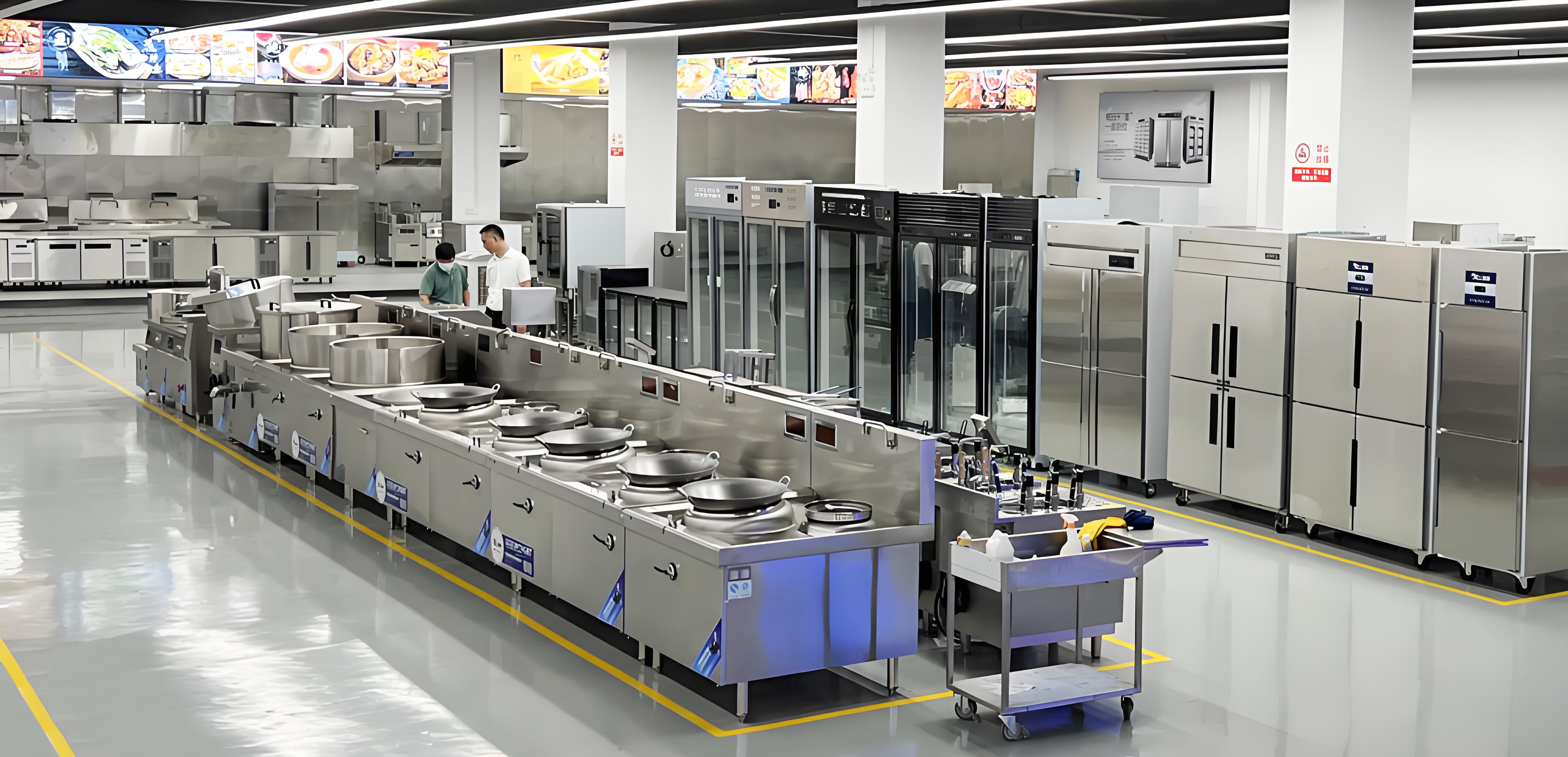As someone who’s been in the commercial kitchen equipment industry for over a decade, I’ve seen the evolution of cooking technology firsthand. High-power commercial induction cookers have become a game-changer for professional kitchens, from bustling restaurants to high-volume catering operations. These units aren’t just about cooking faster—they’re about precision, safety, and efficiency that can transform how a kitchen operates. Below, I’ll dive into the key features of these powerful machines, sharing insights from my experience and practical tips to help you understand why they’re a must-have for modern foodservice.
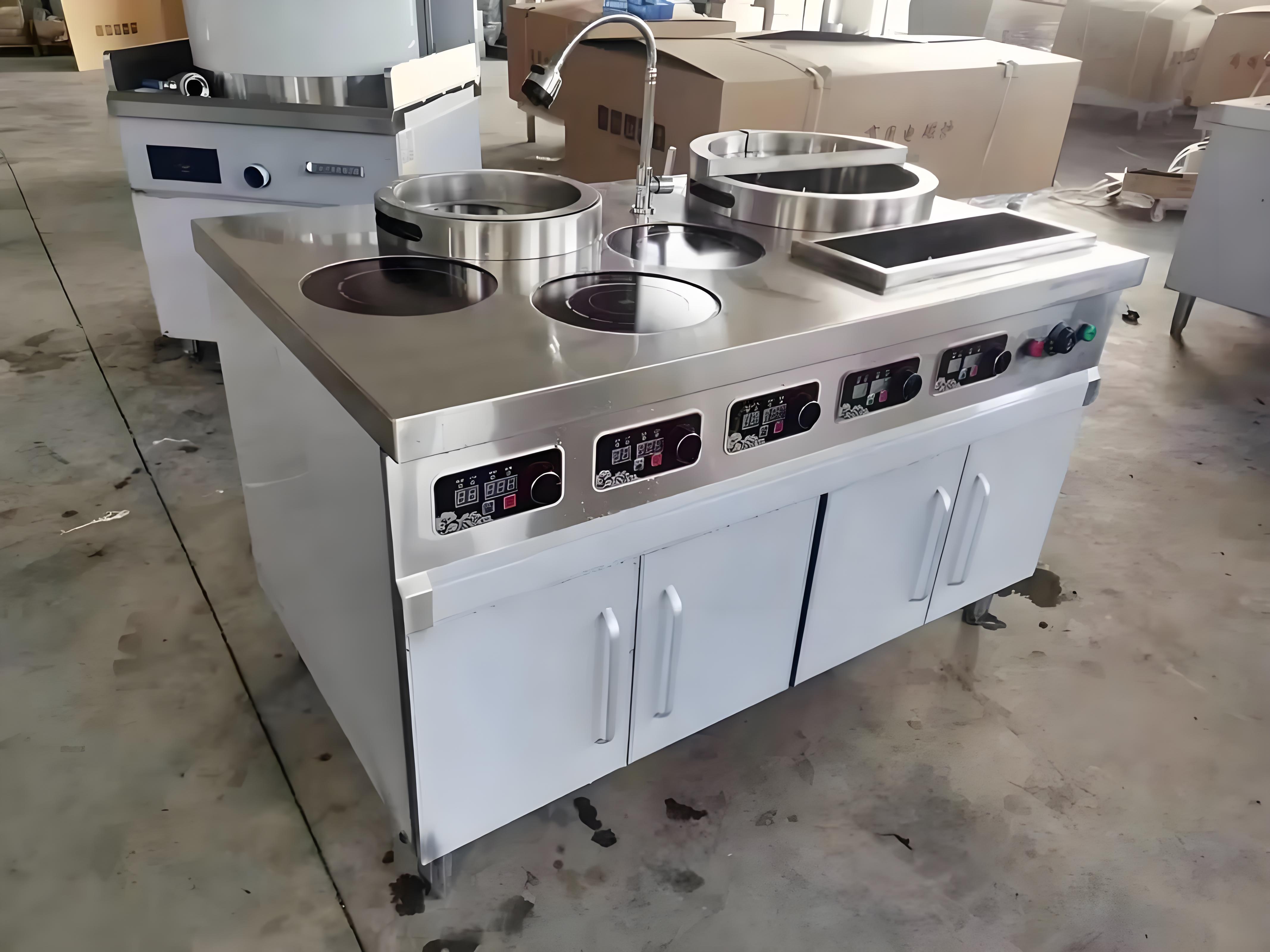
Why High-Power Induction Cookers Stand Out
When I first started working with commercial kitchens, gas stoves dominated the scene. Their roar and open flames felt like the heartbeat of a busy restaurant. But as induction technology gained traction, I quickly realized it offered something gas couldn’t: unmatched control and efficiency. High-power commercial induction cookers use electromagnetic fields to heat cookware directly, bypassing the inefficiencies of traditional heating methods. This means faster cooking, cooler kitchens, and significant energy savings—often up to 90-95% efficiency compared to gas’s 50% or less.
What makes these cookers special is their ability to handle the demands of a high-pressure kitchen environment. Whether you’re searing steaks, simmering delicate sauces, or preparing large batches for a banquet, these units deliver. Let’s break down their standout features.
Key Features of High-Power Commercial Induction Cookers
1. Rapid and Precise Heating
One of the first things I noticed when testing induction cookers was how quickly they heat up. Unlike gas or electric stoves, which lose heat to the surrounding air, induction cookers transfer energy directly to the cookware. Models with power ratings from 3,500W to 60,000W can bring a pot of water to a boil in half the time of a gas burner. For example, I’ve seen a 15KW induction unit cook 3.5KG of food in just 15 minutes, enough to serve 15 people in a catering setting.
Precision is another major advantage. High-end models, like the Vollrath Mirage Pro, offer 100 power levels and a temperature range from 80°F to 525°F, allowing chefs to fine-tune heat for everything from melting chocolate to high-temperature stir-frying. The ability to maintain a steady simmer without scorching is a lifesaver for delicate dishes like custards or reductions.
2. Advanced Safety Features
Safety is a top priority in any commercial kitchen, and induction cookers excel here. Since the cooktop surface doesn’t get hot unless a compatible pan is present, the risk of burns is significantly reduced. I recall a busy dinner service where a chef accidentally left a cloth on an induction cooktop—no fire, no problem. The surface stayed cool because there was no pan to activate it.
Most high-power models come with smart safety features, including:
Automatic pan detection: The cooker shuts off if no cookware is present, saving energy and preventing accidents.
Anti-overheating protection: Sensors stop the unit if temperatures get too high.
Anti-dry heating warning: Prevents damage if a pan boils dry.
Low/high voltage protection: Ensures stable operation even with power fluctuations.
These features make induction cookers a safer choice for high-intensity environments where staff are moving fast and multitasking.
3. Energy Efficiency and Cost Savings
In my early days consulting for restaurants, I saw owners wince at their utility bills. Gas stoves and traditional electric ranges are notorious for wasting energy, with much of the heat escaping into the kitchen. Induction cookers, on the other hand, boast 90-95% energy efficiency, directly transferring heat to the pan. This not only cuts electricity costs but also reduces the need for heavy-duty ventilation and cooling systems, saving thousands annually in large operations.
For example, a 4-burner induction range running at 14,000W can handle multiple dishes simultaneously, using less power than a comparable gas range. Over time, these savings add up, making induction a smart long-term investment.
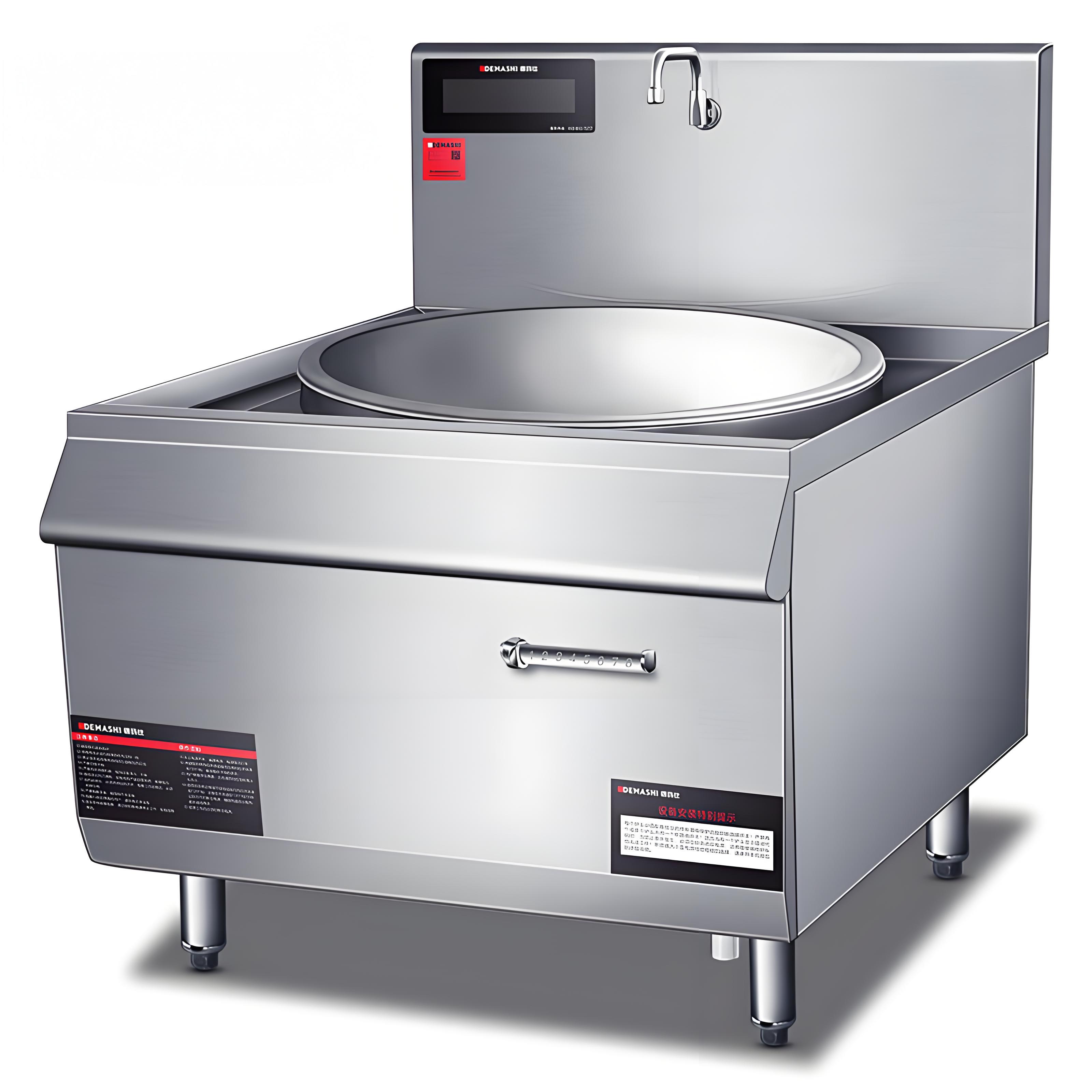
4. Durable and Easy-to-Clean Design
Commercial kitchens are tough on equipment, but high-power induction cookers are built to last. Most feature 304 stainless steel bodies and high-strength ceramic glass surfaces that resist thermal shock and can withstand weights up to 125KG. I’ve seen these units take a beating in busy kitchens and still look pristine after a quick wipe-down.
The smooth, flat surface is a dream to clean compared to gas burners with their grates and crevices. A damp cloth is usually all it takes to keep the cooktop spotless, saving staff time during cleanup. This durability and ease of maintenance mean fewer replacements and lower upkeep costs.
5. Versatile Configurations for Different Kitchens
One size doesn’t fit all in commercial kitchens, and induction cookers offer flexibility to suit various needs. I’ve worked with food trucks, fine-dining restaurants, and hotel banquet halls, and there’s a model for every scenario:
Countertop models: Portable and ideal for food trucks or front-of-house cooking demos. They range from single-burner units (1,800W) to dual-burner options (5,800W).
Drop-in models: Designed to fit seamlessly into countertops, perfect for buffets or custom kitchen layouts.
Freestanding ranges: These come with ovens or storage cabinets, offering a complete cooking solution for high-volume kitchens.
For instance, a 6-burner induction range is a powerhouse for banquet kitchens, allowing chefs to cook multiple dishes at once, while a single-burner unit is great for smaller cafes with limited space.
6. Smart Technology and Intuitive Controls
Modern induction cookers are packed with tech that makes cooking easier and more precise. Many models feature digital displays and touch or knob controls with multiple power settings—some offer up to 20 power levels or precise temperature adjustments in Celsius or Fahrenheit. I’ve used units with real-time power and temperature displays, which help chefs monitor cooking conditions at a glance.
Some high-end models even include Bluetooth-connected sensors for precision cooking, like sous vide or maintaining exact temperatures for yogurt or frying. These features are a boon for chefs who need consistency across large batches.
7. Multi-Burner and High-Capacity Options
For kitchens handling high volumes, multi-burner induction cookers are a lifesaver. I’ve seen 4- or 6-burner units in action at hotel kitchens, where chefs juggle multiple dishes during peak hours. These units often come with independent controls for each burner, allowing for simultaneous cooking at different temperatures.
High-capacity models, like stock pot ranges with 98L barrels, are designed for bulk cooking, perfect for soups, stews, or canning. These units can deliver up to 20KW of power, making them ideal for large-scale operations.

Comparison Table: Key Features of Popular Commercial Induction Cookers
|
Model |
Power Range |
Key Features |
Best For |
|---|---|---|---|
|
Vollrath Mirage Pro |
1,800W–3,800W |
100 power levels, G4 engine, 80°F–525°F |
Precision cooking, simmering |
|
Spring USA SM-1800LP |
1,800W–3,000W |
Slimline design, pan detection, durable |
Food trucks, small kitchens |
|
Lestov LT-QPM-C135 |
1,000W–3,500W |
5-gear knob, 800°C-resistant glass |
Catering, medium-sized kitchens |
|
Hatco IRNG-PC1-36 |
3,600W |
High-power, drop-in design, touch controls |
Buffets, high-volume cooking |
This table highlights some of the top models I’ve encountered, each excelling in specific scenarios based on power, design, and features.
Real-World Applications and Benefits
In my years advising kitchen managers, I’ve seen high-power induction cookers shine in various settings. For fast-food restaurants, their speed and efficiency keep up with high demand. In fine-dining kitchens, the precise temperature control ensures perfect results for delicate dishes. Catering operations love the portability of countertop models, which allow for live cooking stations at events.
One memorable project was outfitting a hotel banquet kitchen with a 6-burner induction range. The chefs were initially skeptical, used to the familiarity of gas. But after a week of using the unit’s rapid heating and precise controls, they were converts. The kitchen stayed cooler, the staff worked more comfortably, and the energy bills dropped noticeably.
Challenges and Considerations
No equipment is perfect, and induction cookers have their quirks. The need for induction-ready cookware (like cast-iron or magnetic stainless steel) can be a hurdle if your kitchen uses aluminum or glass pans. Also, high-power units often require 208/240V outlets, which may need electrical upgrades in older kitchens. I always recommend consulting a licensed electrician to ensure your setup can handle the load.
Another consideration is the initial cost. Commercial-grade induction cookers are pricier than consumer models, but their durability and efficiency make them cost-effective over time. For example, a Vollrath 4-Series unit might cost more upfront but lasts years longer than a cheaper alternative.
Why Induction Is the Future
Having worked with countless kitchens, I can say with confidence that high-power commercial induction cookers are reshaping the industry. Their speed, safety, and efficiency align perfectly with the demands of modern foodservice, where every second and dollar counts. They’re not just tools—they’re partners in creating a smoother, safer, and more sustainable kitchen environment.
If you’re considering upgrading your kitchen, think about your specific needs: Do you need portability for catering? High capacity for bulk cooking? Precision for fine dining? There’s an induction cooker out there that fits the bill. And with energy costs rising and sustainability becoming a priority, the switch to induction is a no-brainer.
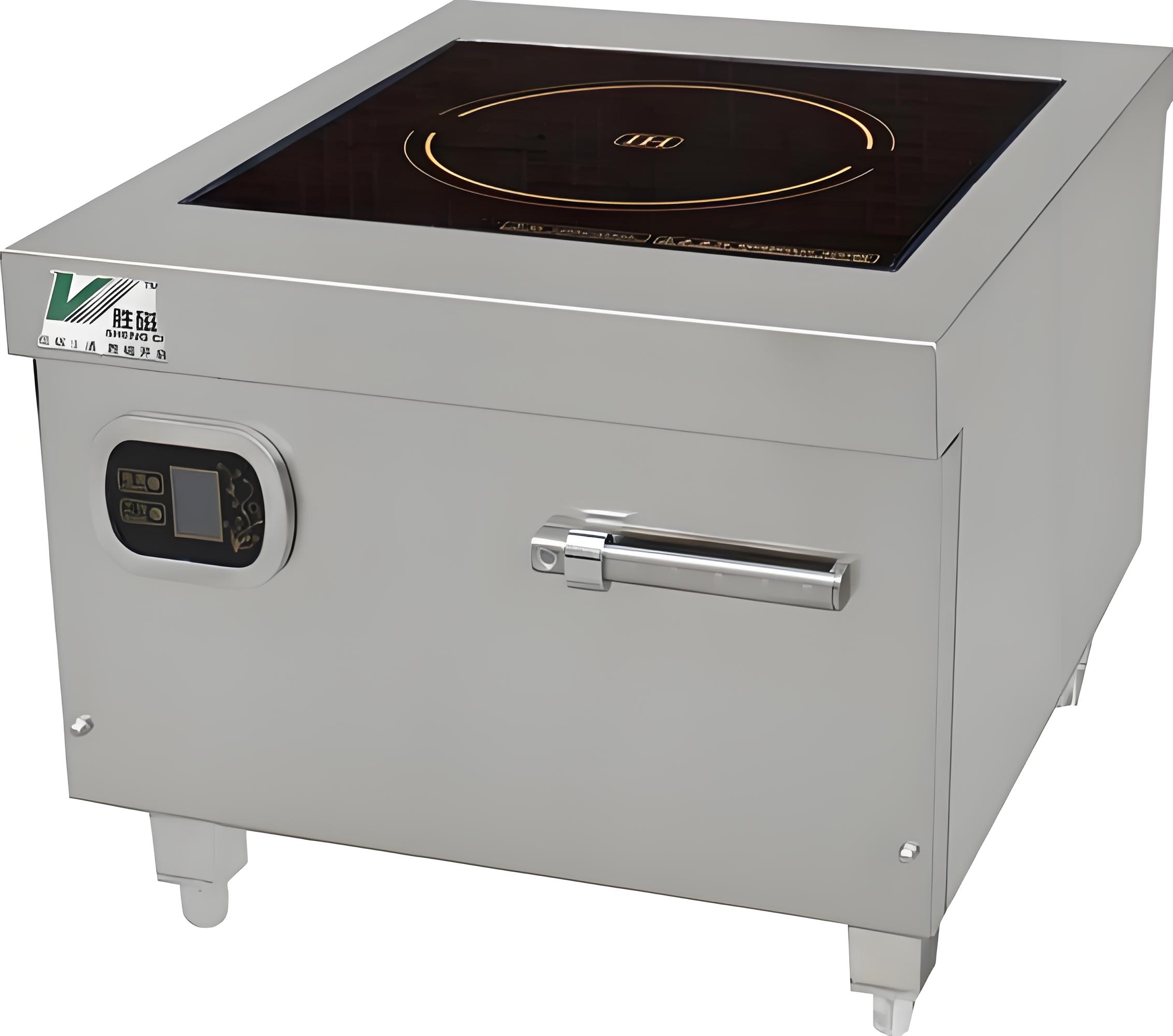
Related Questions and Answers
Q: Can high-power induction cookers work with any cookware?
A: No, they require induction-ready cookware made of ferrous metals like cast-iron or magnetic stainless steel. Aluminum, copper, or glass won’t work unless specifically designed for induction. Always check your pans with a magnet—if it sticks, you’re good to go.
Q: Are induction cookers safe for busy commercial kitchens?
A: Absolutely. Features like automatic shut-off, pan detection, and cool surfaces reduce the risk of burns and fires, making them safer than gas or electric stoves in high-pressure environments.
Q: How do I know if my kitchen’s electrical setup can handle a high-power induction cooker?
A: High-power units often need 208/240V outlets with 30- or 50-amp breakers. Check your kitchen’s electrical capacity and consult a licensed electrician to confirm compatibility or plan upgrades.
Q: Are there induction cookers for specialized cooking, like woks?
A: Yes, many brands offer induction wok burners with concave surfaces designed for Asian cooking. These provide high heat and even distribution, perfect for stir-frying.
